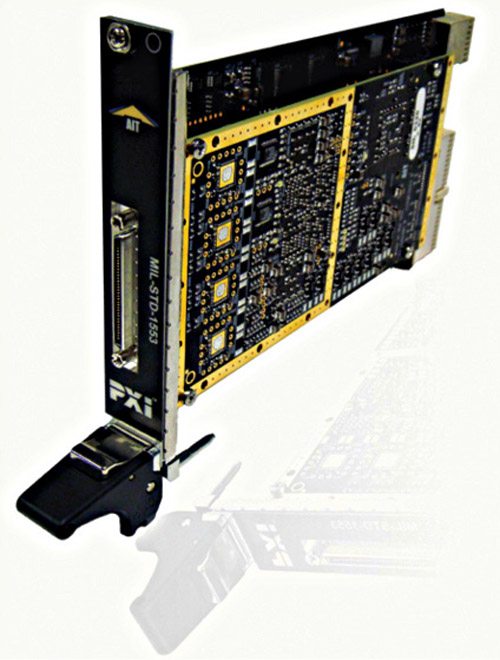The AXIe platform allows designers to achieve some critical high-performance instruments like high-speed logic analysers, digitisers, serial bus protocol analysers and high-bandwidth arbitrary waveform generators, which were having some limitation on other modular platforms.
Siddiqui explains, “AXIe has been proposed to the industry by three founding members: Test Evolution Corp, Aeroflex and Agilent. Since its introduction in November, there have been four additional companies that have joined the consortium.”
“Like VXI was built on the VME standard and PXI on the PCI standard, the AXIe standard is built on an existing standard, AdvancedTCA. This standard is primarily used as a computation chassis standard by networking companies such as Cisco. It provides the capability modules that require higher power or density than can be supported by PXI,” he adds.
The ATCA specifications leveraged by this platform were developed to meet the high data rates and processing performance of the telecom industry. ATCA backplanes provide protocol-agnostic, multilane, switched-serial links among boards, and the backplanes support transfer speeds as high as 10 Gbps per lane (see the table for comparison).
PXI

Developed in 1997, PCI eXtensions for Instrumentation (PXI) was introduced in 1998 as an open industry standard to meet the increasing demands of complex instrumentation systems. Today, PXI is governed by the PXI Systems Alliance (PXISA)—a group of more than 70 companies chartered to promote the PXI standard, ensure interoperability and maintain the PXI specifications.
The PXI modular platform has been around for more than a decade and currently enjoys the largest product base. PXI describes a mechanically modular platform that uses the PCISIG-governed peripheral component interconnect (PCI) or PCI Express to control the modules. PXI-based instruments also depend heavily on a PC, and are generally Windows-centric as the specification defines only WIN32 drivers. Most PXI instruments are register-based products that require software drivers hosted on a PC for control.
“One of the main difficulties with PXI-based instruments comes from their tight integration to the PC—frequent rebooting of the PC is forced on the user during PXI development. This complicates the software installation and instrument start-up,” shares Johnson.
PXI focuses on a central processing model using products that are modular and rely on a high-speed data bus for communicating with the CPU that does the computing to perform system functions. Utilising CompactPCI, this platform gains on performance and industry adoption. Data bandwidth performance of PXI systems easily exceeds the performance of the older VXI test standard. Perhaps this is one of the reasons for the huge adoption of PXI by test managers.
“Over the last few years, the industry reached a tipping point in automated test and is now making a large-scale switch to PXI. In a recent survey of test managers from around the world conducted by NI, over 70 per cent of test managers indicated they will use PXI as the core of at least one of their next automated test systems. This is in contrast to only 30 per cent of test managers who will continue to use rack-and-stack instrumentation,” says Denver Dsouza, senior technical consultant, National Instruments.
Perhaps the best thing about PXI is that, because it is based on off-the-shelf PC technology, the performance gains come faster and at a much lower cost with each advancement in that arena.
Is there any competition between PXI and the newly released AXIe platform? Adesh Jain, applications consultant with Agilent Technologies, doesn’t think so. “AXIe is seen more like an extension of the PXI test-development model rather than as a competitor to PXI. It leverages existing standards from Advanced Telecom Computing Architecture (ATCA), PXI, LXI and IVI. The standard is broadly applicable to general-purpose instrumentation and semiconductor test,” he explains.
The author is a tech correspondent at EFY




